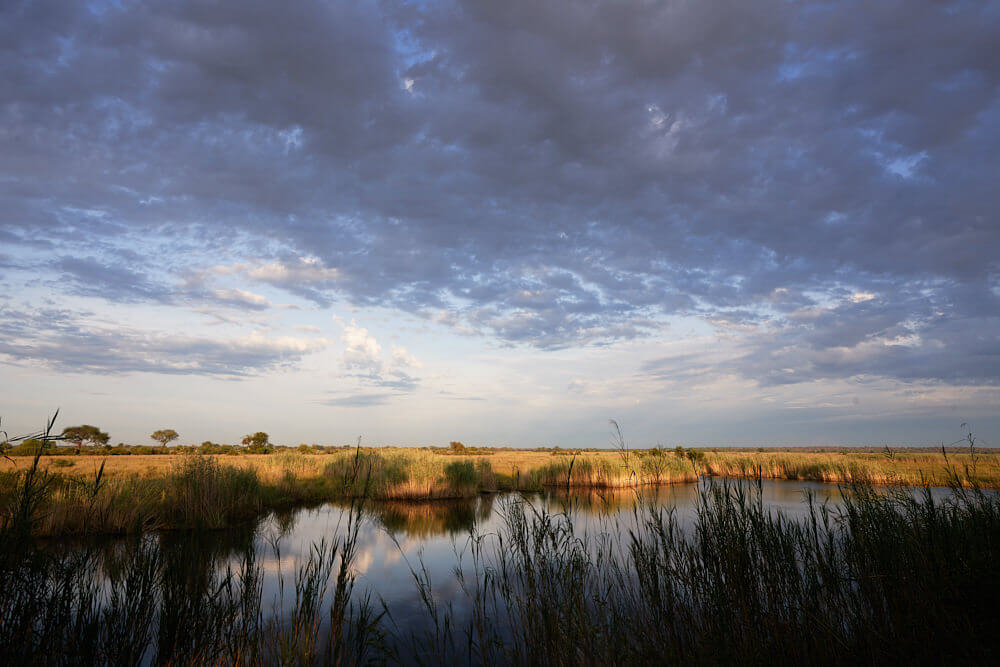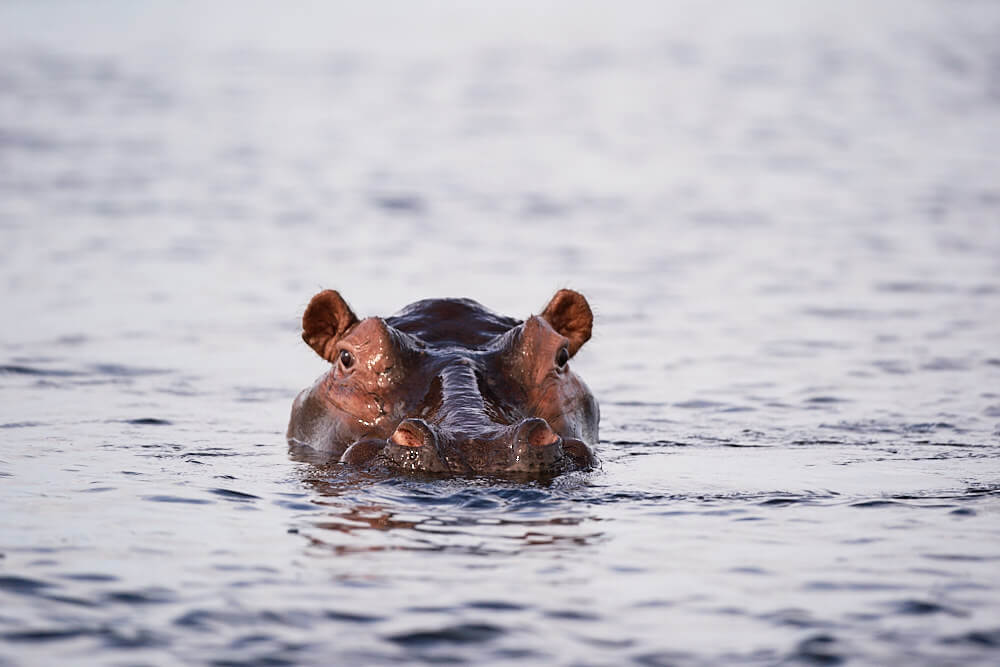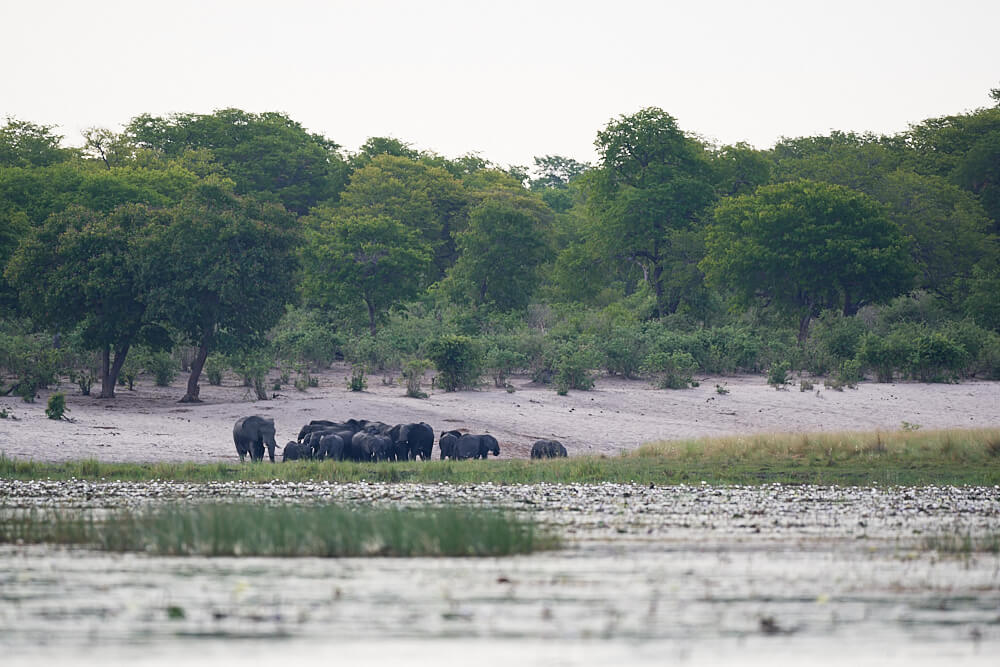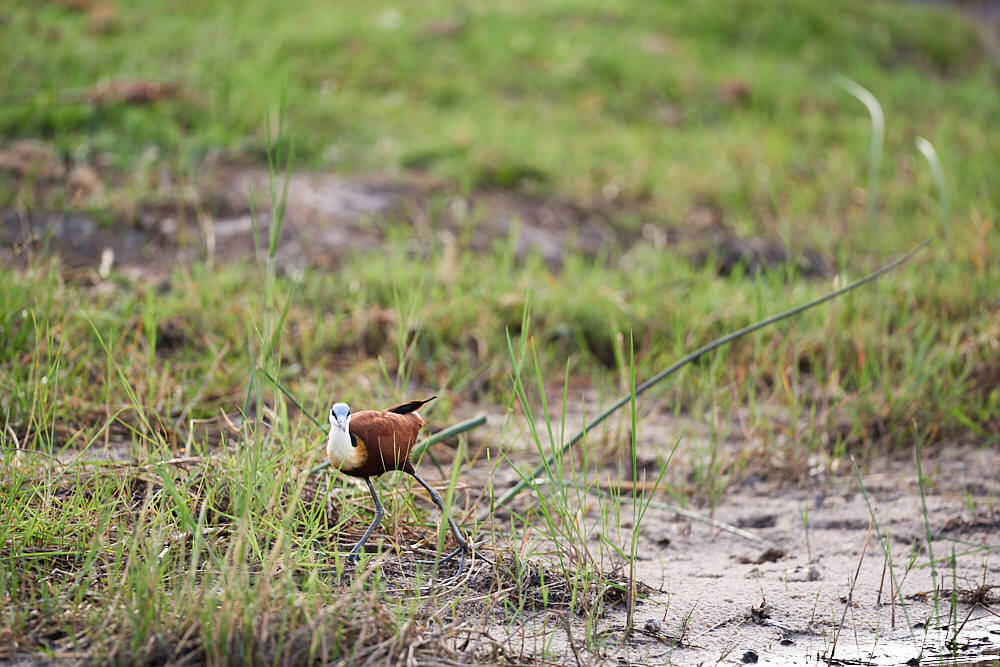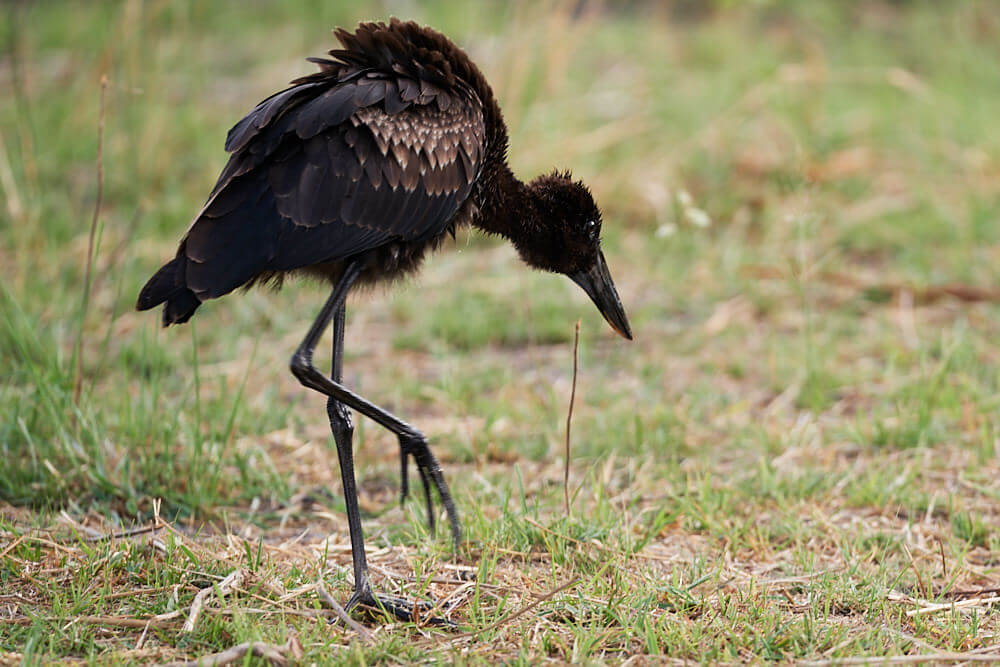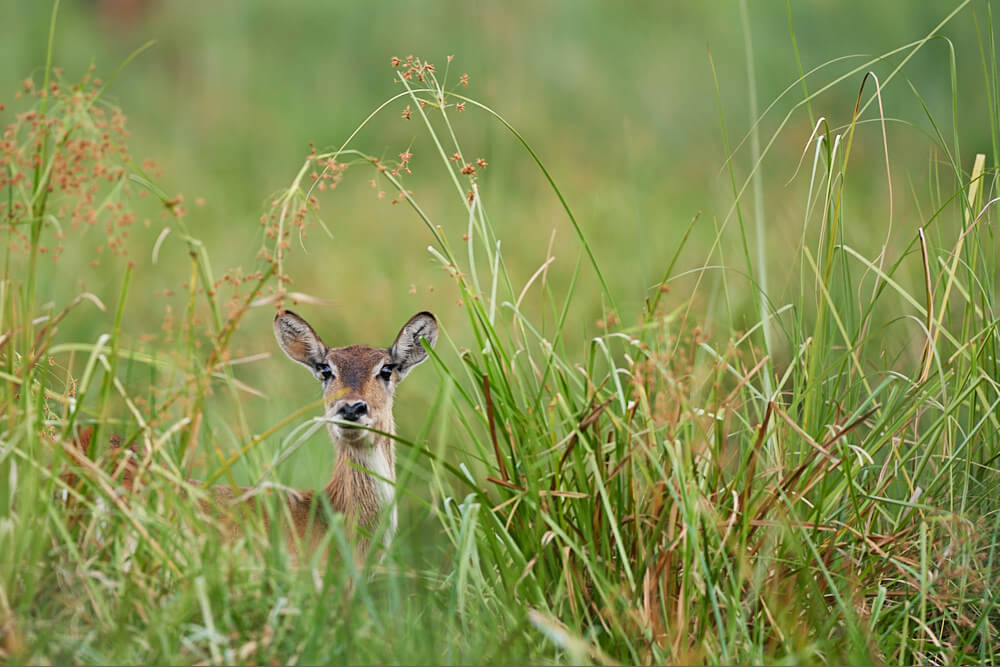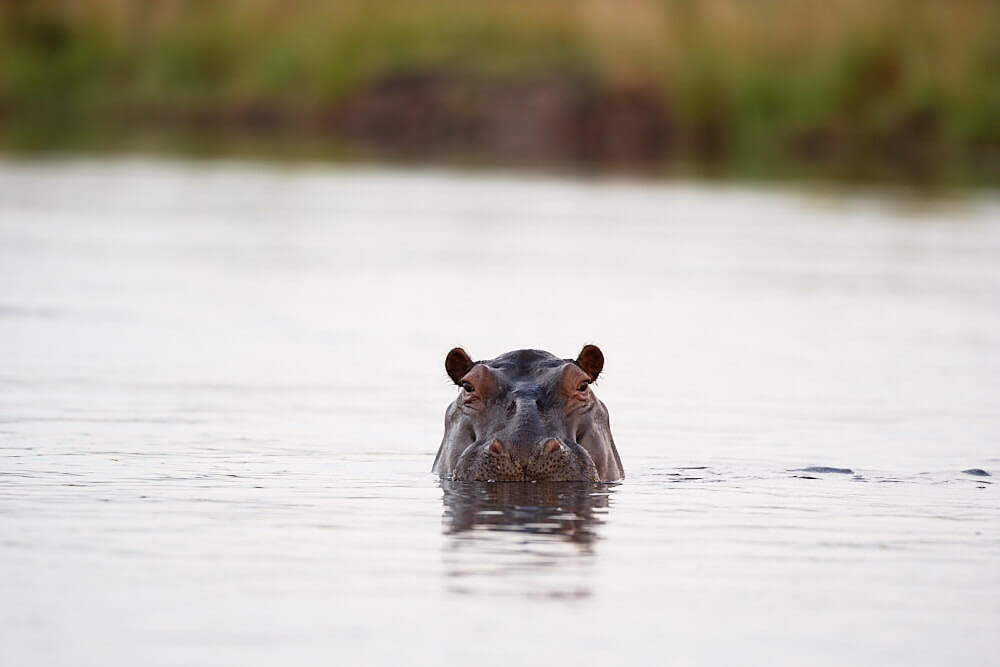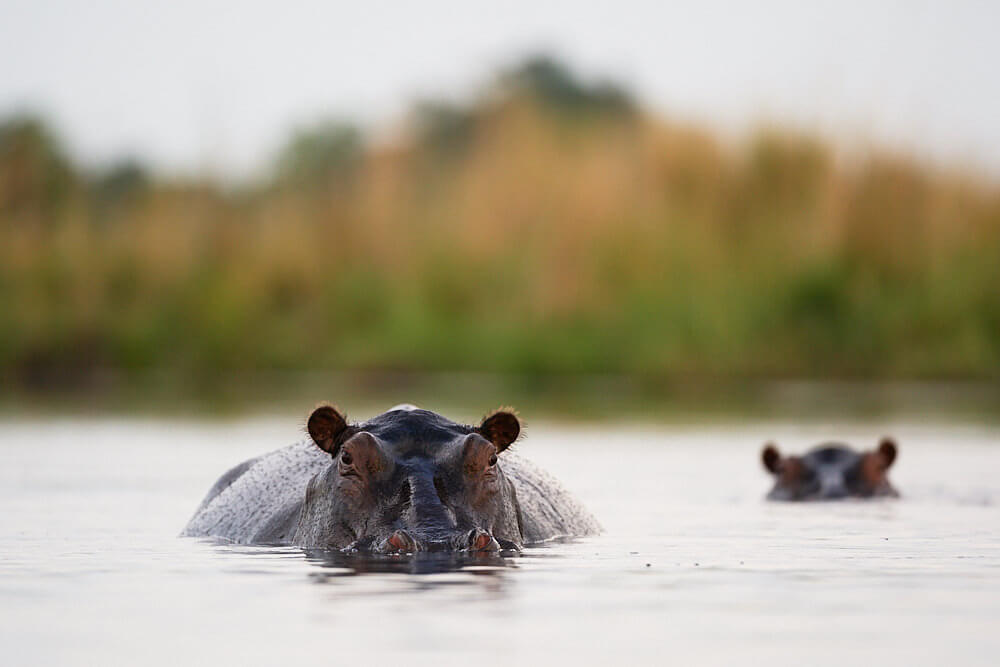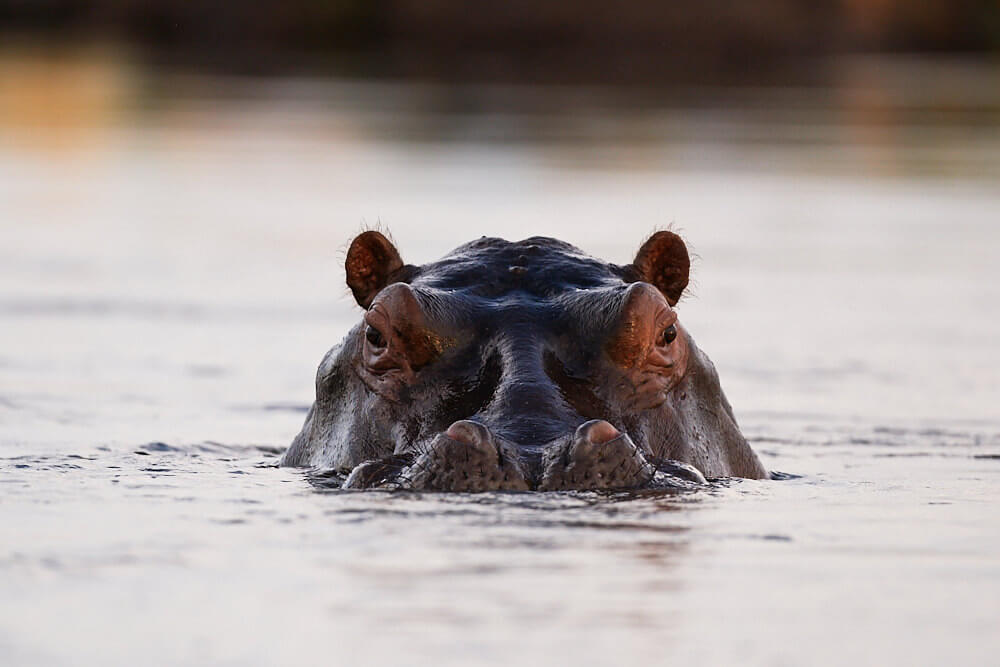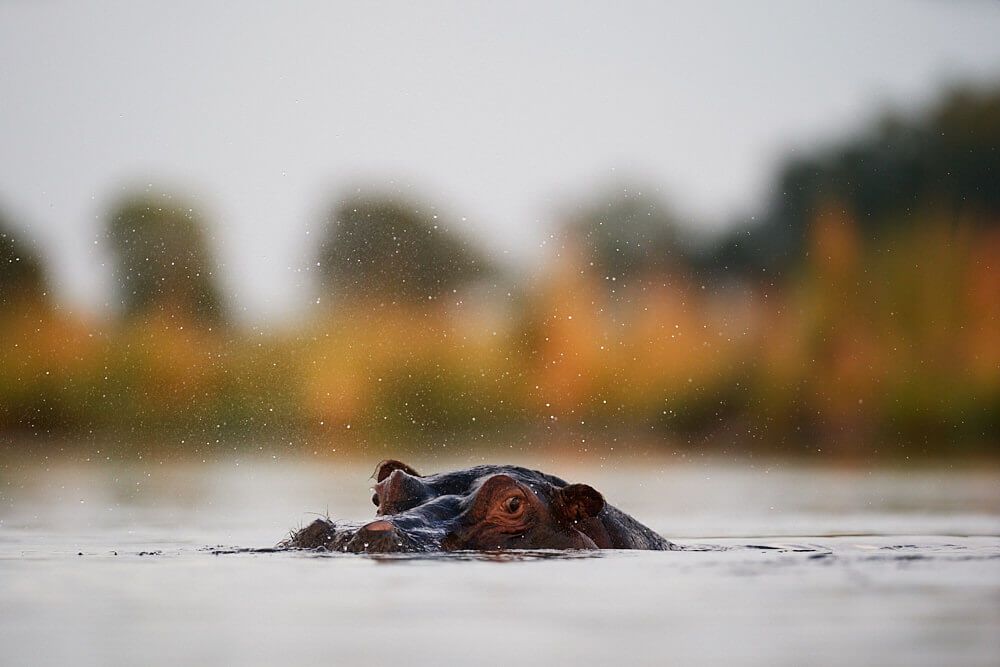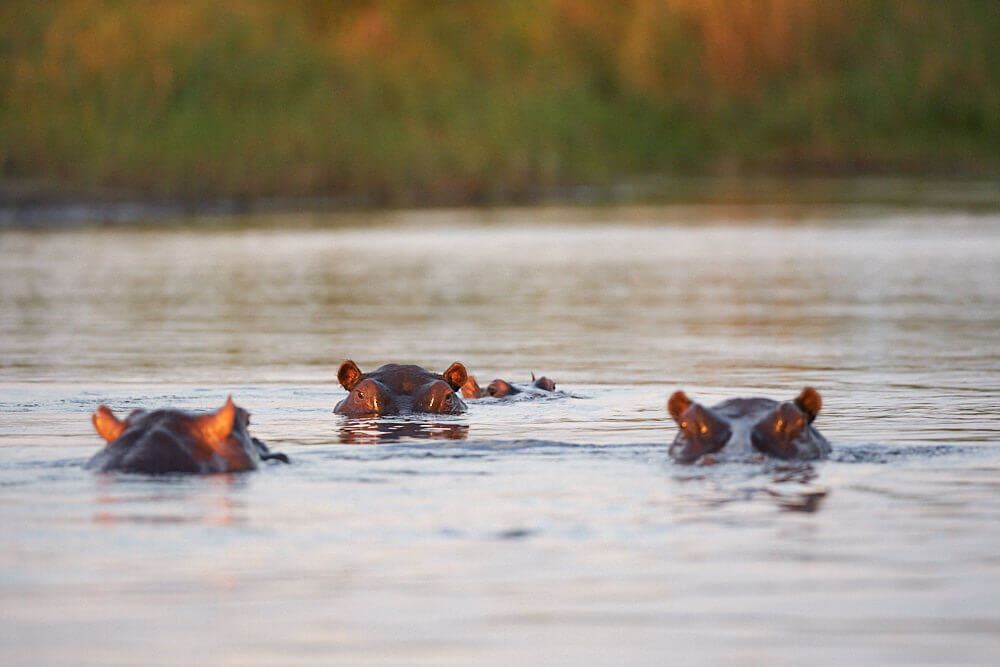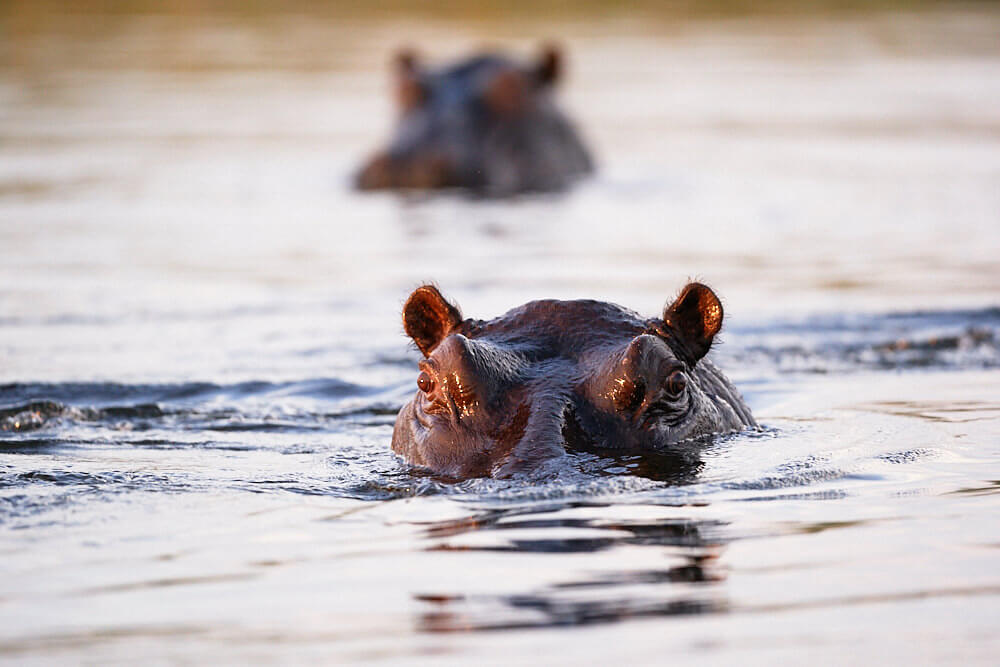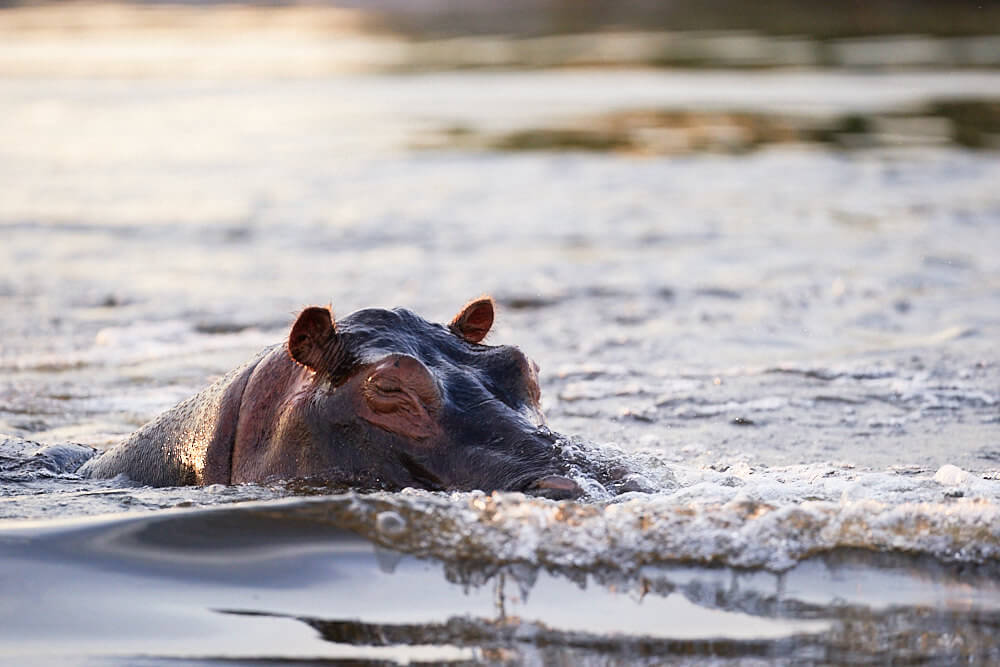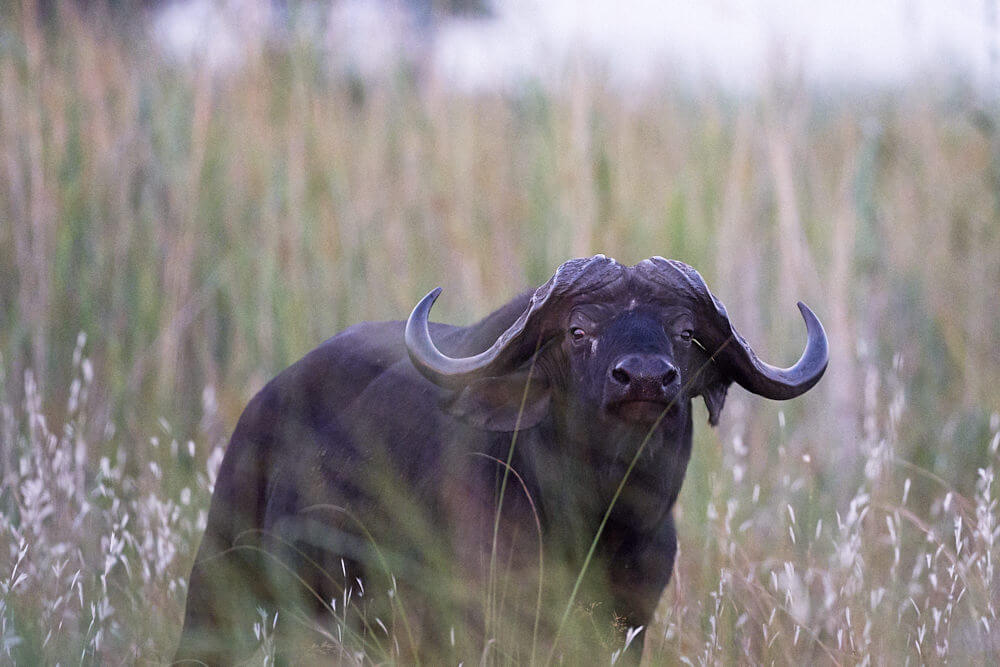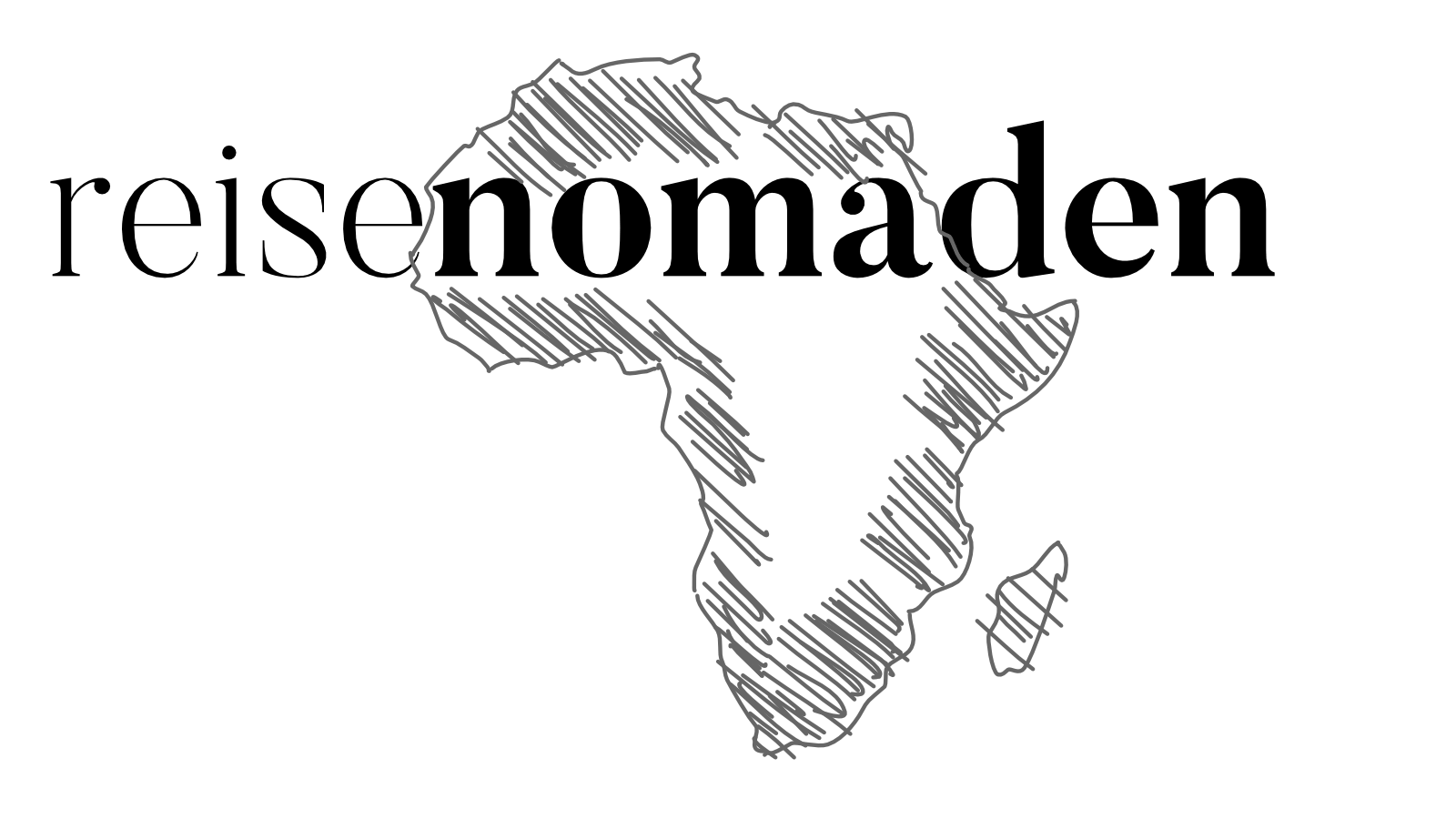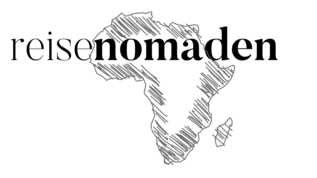The Bwabwata National Park extends to just before Kongola and thus reaches an incredible size. The navigable part in this region is called Kwando Core Area and has its most famous area the so-called ‘horseshoe’. It’s a lagoon in the shape of a horseshoe. This lagoon is well-known for the elephants that can be found here. According to reports, it is not unusual to find several hundred of elephants drinking and bathing here during the dry season.
Campsite, boat cruise or safari?
After leaving Camp Kwando, we checked in at Mavunje Camp. Mavunje is located directly on a channel at the water. It is a camp that consists of three campsites and is run by Dan full of passion. He offers boat trips and boat safaris over several days, but unfortunately, he could not fulfill our wish. The channel had far too little water. Also, two days after our arrival he wanted to go on vacation for two months.
We decided to enter the park for an extended Game-Drive. We were looking forward to seeing the elephants. Dan explained to us in which area we should look for lions and for wild dogs.
Five hours later we returned, and we had encountered no elephants and had searched the entire south. That means all the way to the Botswana border. We had no success. We encountered buffalo twice – once in very rough bush in the extreme south and once near the park entrance at the exit. Otherwise, the game drive was limited to the sighting of various antelopes, warthogs with cubs and giraffes.
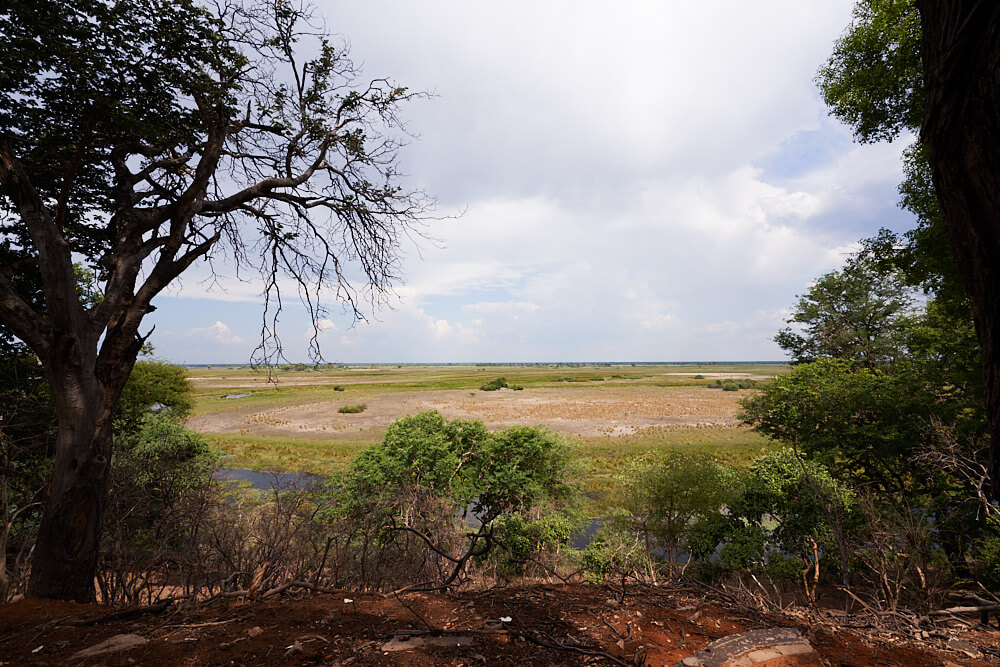
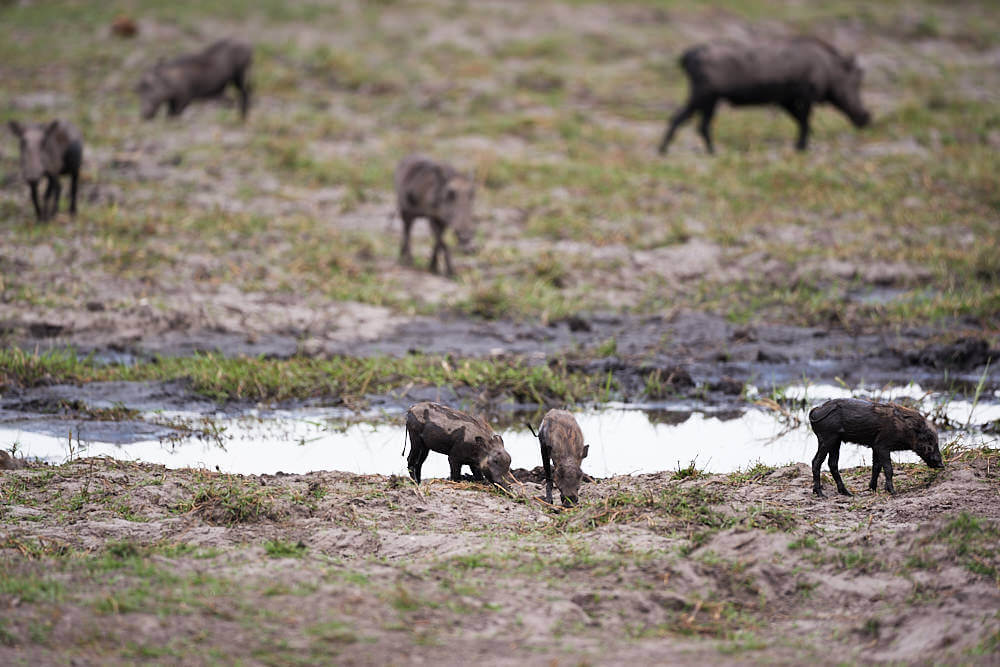
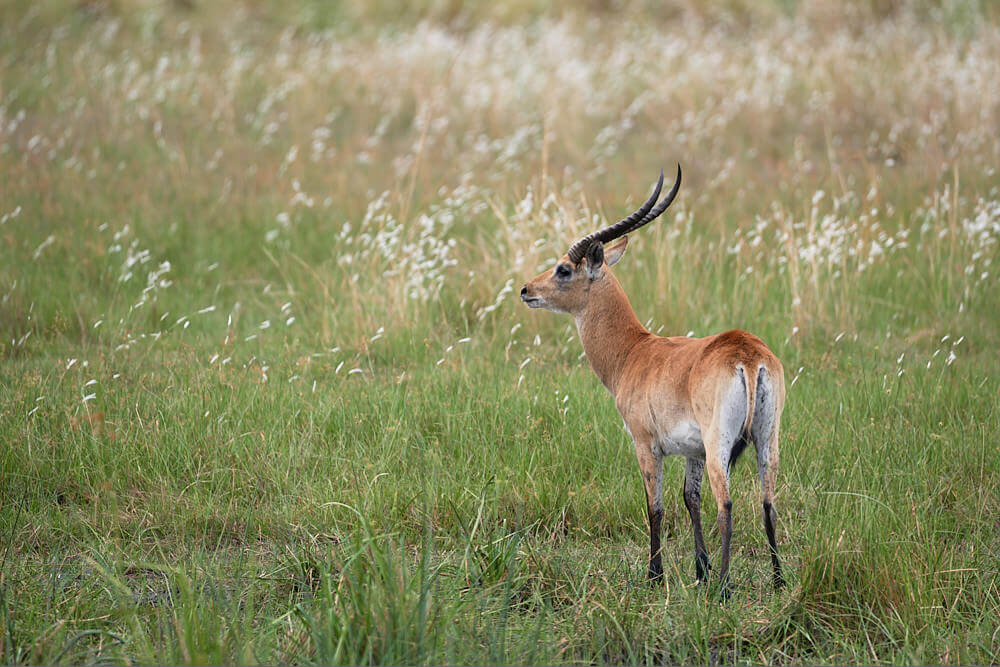
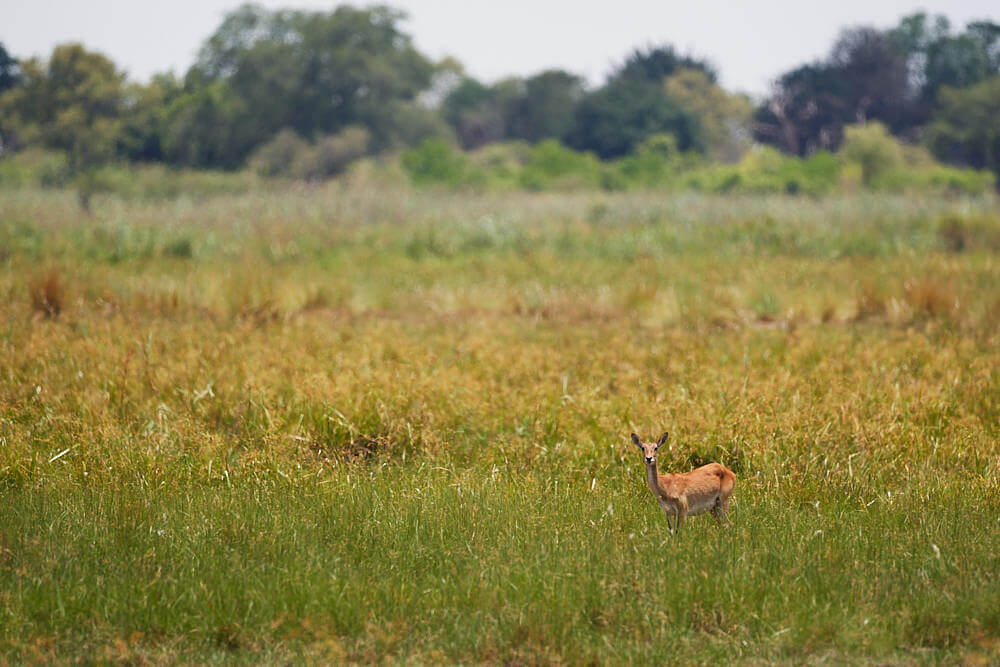
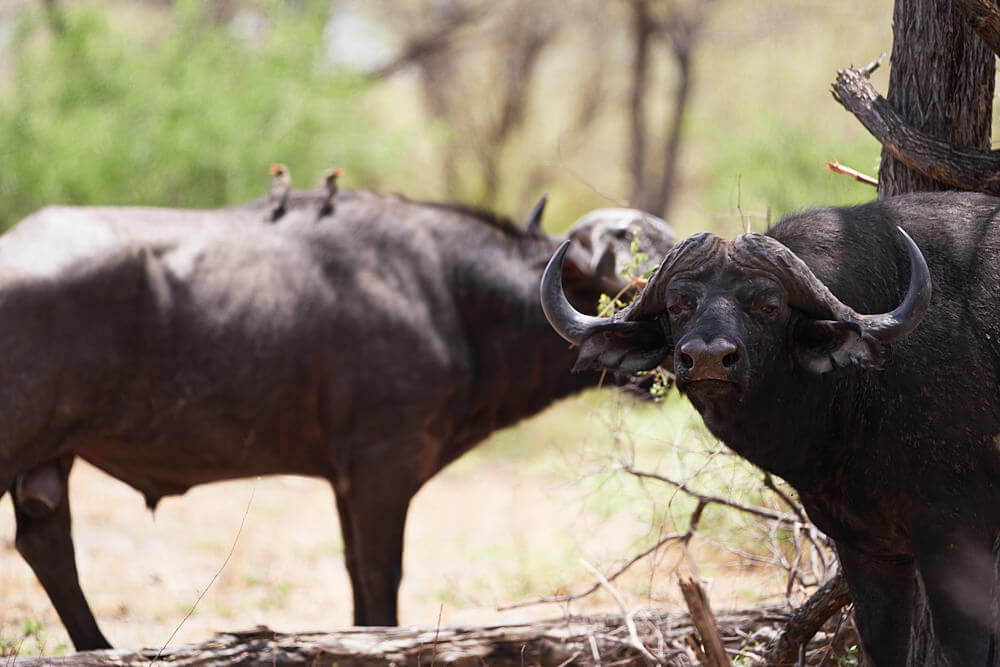
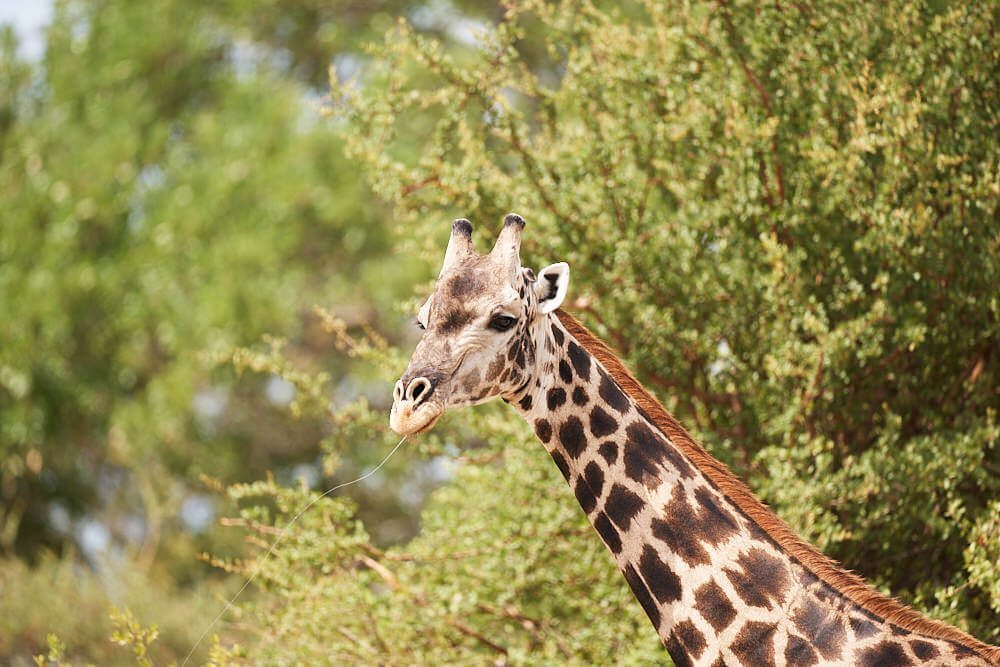
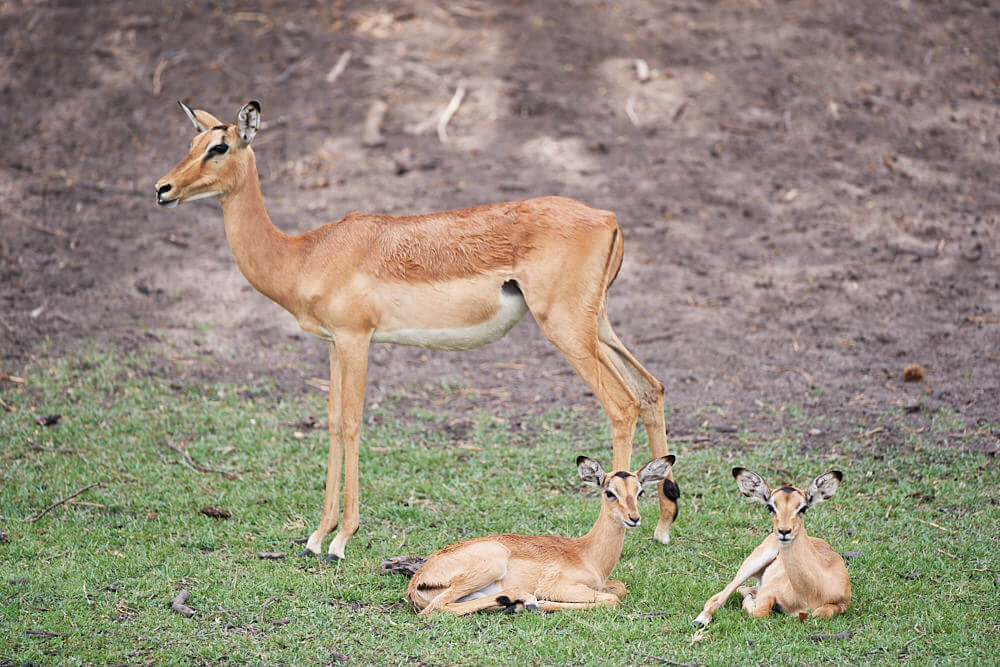
Boat cruise to the horseshoe
The next day we booked a boat cruise together with a South African from Capetown and his French girlfriend. We pulled/pushed the boat a total of several hundred meters through the channel because the water was too low, and we were wet before we started.
Dan sweetened the tour with a trip to the horseshoe – he is not allowed to go in with the boat, but we could watch the elephants from the edge. He showed us a video from 2017 that shows about 700 elephants in the lagoon – he had an amazing sighting. The first light rains change everything. The animals stay in the bush and do not show themselves.
Hippos in front of the sandbank
Our highlight was the encounter with a herd of hippos. We drove to a small island and moored on the back side. We sat for about half an hour in proximity to the hippos on the islet and watched them. What a great experience! After a total of 4 hours, we returned – not without pulling the boat back through the channel – and prepared for the day ahead.
Dan had casually given us a piece of information that would affect our itinerary and ensure that we left Namibia for Zambia the next morning.
